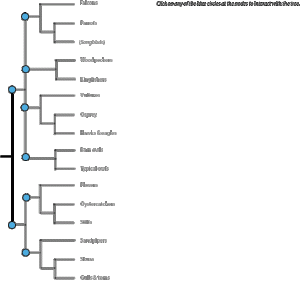In the news recently has been the discovery of thousands of dead Red-winged blackbirds (with a few other species) in Arkansas and Louisiana.

Red-winged blackbirds congregate in massive communal roosts during the non-breeding season, in flocks that can number literally up to hundreds of thousands (other species do this too: robins, crows, ravens, vultures…) During the breeding season, the males stake out territories, generally in marshes, and “protect” the nests of a number of females within their territory. Notice I don’t say the females are their “mates”- in fact, what are known as “extra-pair copulations” are common in this species, and neither males nor females are monogamous.

Back to the news- the most likely explanation is that the Arkansas birds died when a sleeping flock was startled by fireworks going off overhead, freaked out, and started flying into one another and other objects at high speed (however, tests are still being done for possible toxins- these birds will eat crops, and occasionally people will put out poison for them). The Louisiana birds apparently collided with power lines.
…Of course, some are into this sort of thing:
Bird collisions happen all the time– this event is definitely not unique (and, as the linked post points out, this event is tiny on the scale of bird mass deaths from human-influenced causes.)
The title of my post comes from a common English nursery rhyme, “Sing a Song of Sixpence.” I won’t get into the possible underlying meanings of the rhyme, but here it is:
Sing a song of sixpence,
A pocket full of rye.
Four and twenty blackbirds,
Baked in a pie.When the pie was opened,
The birds began to sing;
Wasn’t that a dainty dish,
To set before the king?The king was in his counting house,
Counting out his money;
The queen was in the parlour,
Eating bread and honey.The maid was in the garden,
Hanging out the clothes;
When down came a blackbird
And pecked off her nose.
The blackbirds “baked” into the pie would be Eurasian blackbirds, not Red-winged blackbirds.

In the 16th Century, it was apparently a big deal to create pies that, when cut open, contained birds that would fly out and away. Hopefully they would then angrily poop on the diners’ heads before flying to freedom, but I sadly can find no evidence for that outcome…







